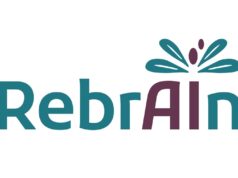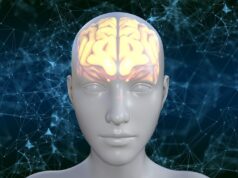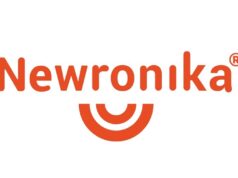Results from a multi-centre, prospective, blinded, crossover study, presented at the North American Neuromodulation Society (NANS) virtual meeting (15–16 January) by Jan Vesper (Heinrich-Heine University, Düsseldorf, Germany) indicate better results from direction deep brain stimulation (DBS) in the subthalamic nucleus for Parkinson’s disease than in the omnidirectional DBS. Vesper defined directional stimulation as single segment activation and any combination of segments.
Vesper stated: “Even with well-placed DBS leads we might get in trouble regarding precision because of the complex regional anatomy, limited therapeutic effect because of the proximity to neighbouring structures, resulting in problems with axial asymmetric stimulation.” Vesper therefore stated that the purpose of this study was to find out whether optimised stimulation settings with directional leads might be more beneficial for the long-term effects of DBS.
In the study all of the patients underwent surgery to implant directional leads. For the first three months of treatment, patients received omnidirectional DBS, then for the following three months, they received directional DBS. Researchers continued to collect results from directional DBS up to 12 months.
According to Vesper, the primary endpoint of this study was to achieve a wider therapeutic window for directional stimulation in >60% of subjects. The secondary endpoint was to achieve a wider therapeutic window for directional stimulation in >40% of subjects.
Vesper described this cohort as a “normal” Parkinson’s population. There were 234 subjects in total, age was 61.7±8.4, 67.1% (157) were male, years of Parkinson’s symptoms was 11.7±7.6, 64.5% (151) enrolled before implant, and 35.5% enrolled after implant. Additionally, Vesper noted that these patients had a lower than usual Unified Parkinson’s Disease Rating Scale (UPDRS III) of 36.5±12.9.
Vesper noted some adverse events, claiming, however, that there were no intracranial haemorrhages. In total there were 13 adverse events related to device, procedure or stimulation in 12 subjects (5.1%).
Vesper reports they achieved their primary endpoint, achieving a 40% wider therapeutic window with directional stimulation at three months. Additionally, after three months of directional stimulation, 90.7% (185/204) of patients achieved a wider therapeutic window. Vesper also presented the results from 12 months, showing a 32% wider therapeutic window with 89.3% (159/178) patients achieving a wider therapeutic window. Vesper claimed this showed sustained results. Additionally, he reported an improvement in patients’ UPDRS III score by 40% at three and 12 months.
According to Vesper, this is the largest prospective trial for directional DBS, with the largest number of STN DBS implants in a single study. Vesper commented, “We could prove that the vast majority of our patients were able to use just one single segment, for the same effect. This not only required less amplitude, but was more effective.”
Disclosures: Jan Vesper has received consulting fees from Abbott and UniQure, has done contracted research for Medtronic, and is a speaker’s bureau for Abbott.










